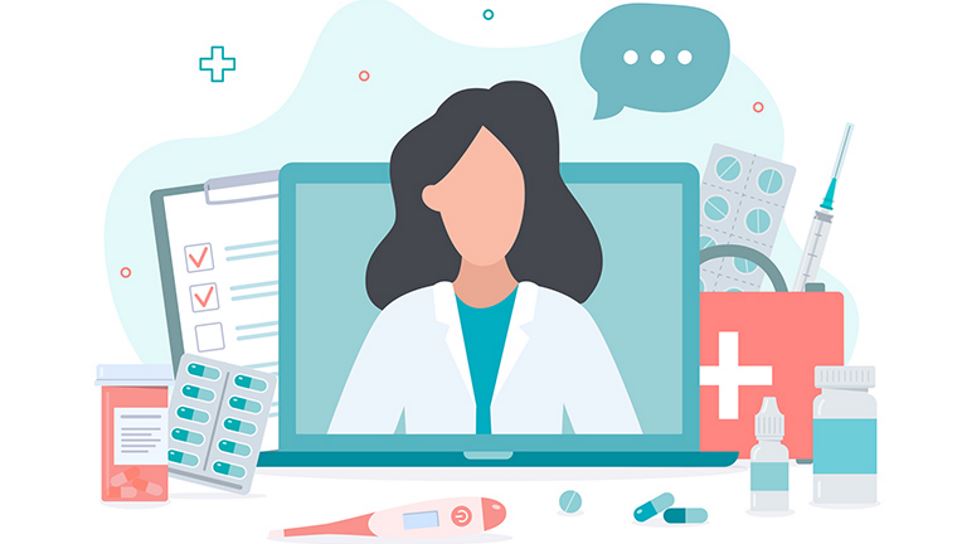
Telehealth Quick Guide
This guide is for RDNs who are working in ambulatory health and outpatient settings and already providing in-person MNT to consumers with Medicare, commercial or private insurance, and/or Medicaid (e.g., already a network provider with payers).
